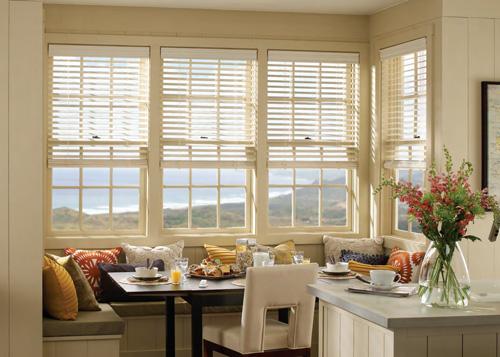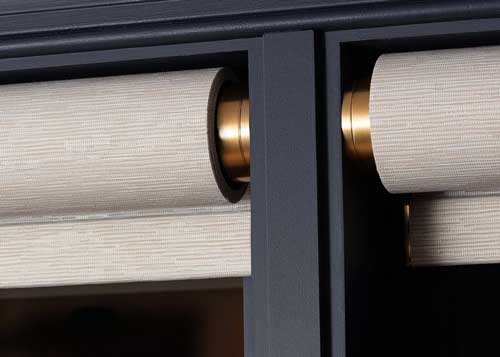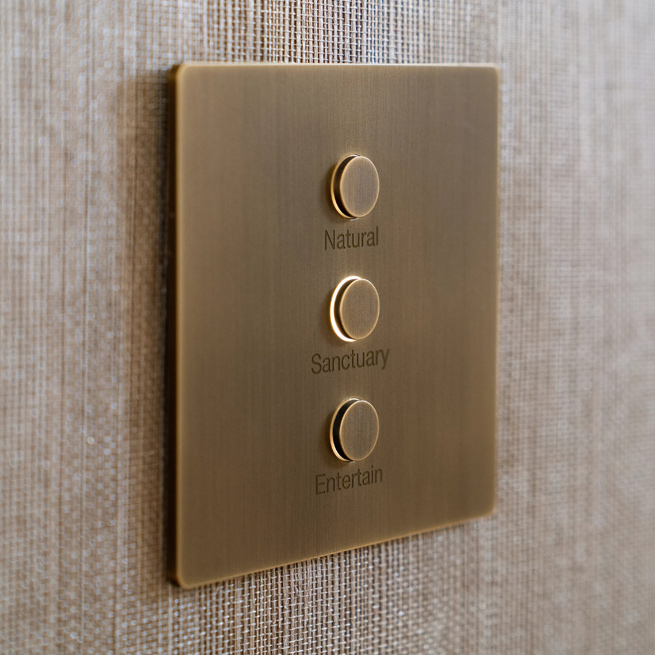In the intricate world of window treatments, the terms “blinds” and “shades” are often used interchangeably, leading to confusion for those seeking the perfect solution for their homes. While both blinds and shades serve the common purpose of enhancing privacy and controlling light, the nuances in their designs and functionalities set them apart. In this comprehensive guide, we unravel the differences between blinds and shades, shedding light on their unique characteristics and helping you make an informed decision for your living spaces.
Blinds: A Versatile Approach to Light Control
Blinds, a staple in the realm of window treatments, come in various styles and materials. The key feature that defines blinds is their use of slats or vanes that can be adjusted to control the amount of light entering a room. Let’s delve into the distinctive features that make blinds a popular choice for many homeowners.
Types of Blinds:
- Venetian Blinds: Venetian blinds are a classic choice characterised by horizontal slats that can be tilted to control light and privacy. The wide range of materials, finishes, and slat sizes makes Venetian blinds a versatile option for various interior styles
- Vertical Blinds: Vertical blinds feature individual slats that run vertically, making them an ideal choice for large windows and sliding doors. They offer excellent light control and can be tilted or drawn to the side for unobstructed views.
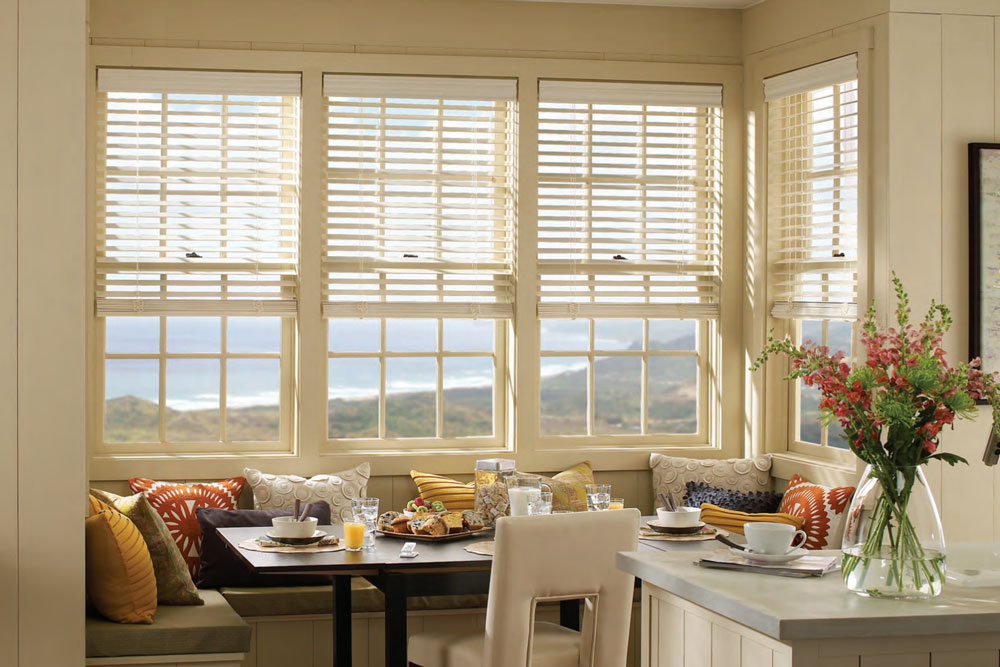
Shades: Softening the Light with Elegance
In contrast to blinds, shades are window treatments made from a single piece of material that can be raised or lowered to control light and privacy. Shades provide a softer aesthetic, offering a range of fabrics and styles to complement various interior designs.
Types of Shades:
- Roller Shades: Roller shades are a sleek and modern window treatment option, featuring a single piece of fabric that rolls up and down. They offer a minimalist look while providing effective light control.
- Roman Shades: Roman shades, similar to Roman blinds, consist of a single piece of fabric. However, unlike blinds, Roman shades fold into horizontal pleats when raised, creating a sophisticated and tailored appearance.
- Honeycomb Shades: Honeycomb shades are designed with cells that trap air, providing insulation and energy efficiency. They come in various opacities, offering a balance between light control and privacy.
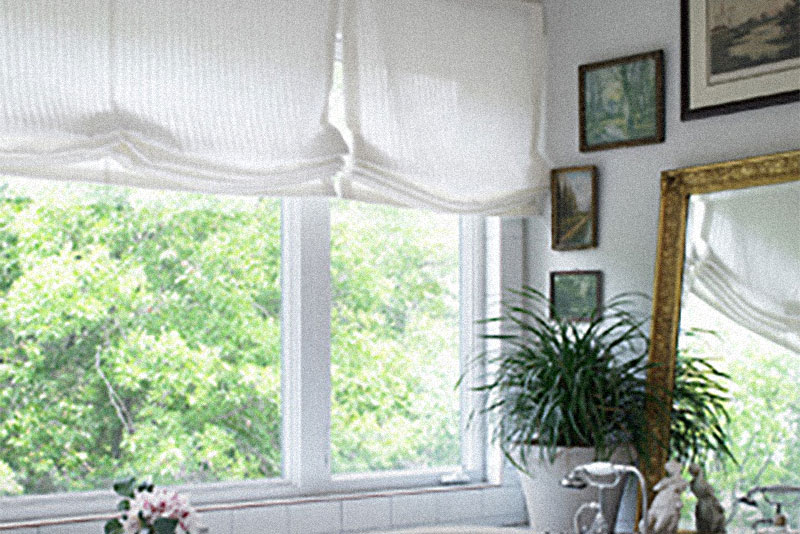
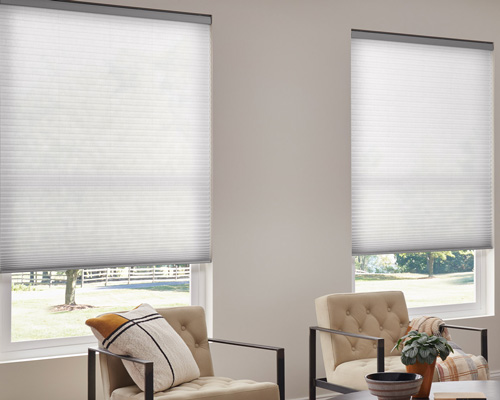
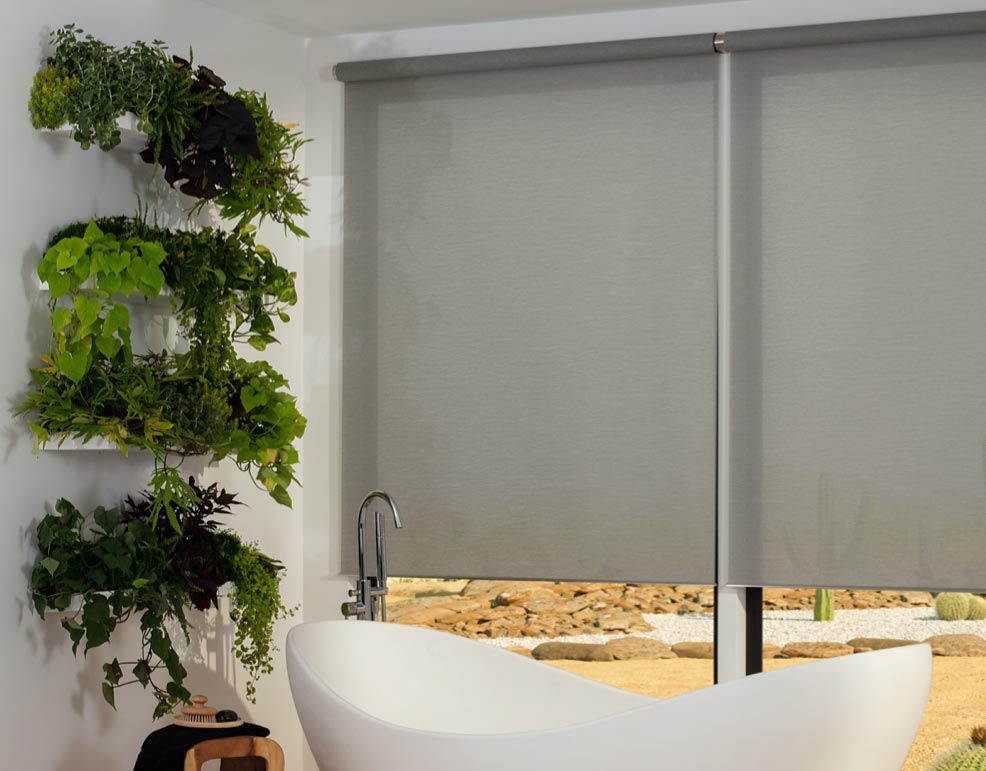
Distinguishing Factors: Blinds vs Shades
- Material and Construction: Blinds are typically made from materials like wood, metal, or synthetic materials, creating a structured and angular appearance. In contrast, shades utilise softer fabrics, contributing to a more relaxed and flowing aesthetic.
- Light Control: Blinds excel in providing precise light control through adjustable slats, allowing you to direct light at different angles. Shades, on the other hand, offer a softer diffusion of light, creating a more ambient and gentle atmosphere.
- Privacy: While both blinds and shades offer privacy, the level of privacy varies. Blinds with adjustable slats can be angled to block direct views while still allowing some light in. Shades, when fully lowered, provide a solid barrier for complete privacy.
Making the Right Choice for Your Space
The decision between blinds and shades ultimately depends on your aesthetic preferences, functional requirements, and the specific needs of each room. Consider the following factors to guide you in making the right choice:
- Style Preferences: Determine whether the clean lines and angular structure of blinds or the soft folds and flowing fabrics of shades align better with your overall interior design style.
- Lighting Requirements: Evaluate the amount of natural light each room receives and how much control you desire. Blinds provide precise control, while shades offer a more diffused illumination.
- Window Size and Type: Consider the size and type of windows in each room. Shades are more suitable for skylights and roof windows, while blinds are better for commercial buildings.
- Budget Considerations: Blinds and shades come in various price ranges depending on the materials and features. Determine your budget and explore options that meet both your aesthetic and financial considerations.
London Shading, a leading provider of bespoke shading solutions, is here to guide you. Contact us today for a free personalised consultation or quote and discover the ideal window treatments that harmonise with your lifestyle.
As we unravel the distinctions between blinds and shades, it becomes evident that each has its own unique charm and practical benefits. Blinds offer precision and structure, while shades bring elegance and softness to a space. Understanding the nuances between the two allows you to make an informed decision, ensuring that your chosen window treatments not only enhance privacy and light control but also contribute to the overall aesthetic appeal of your home.


